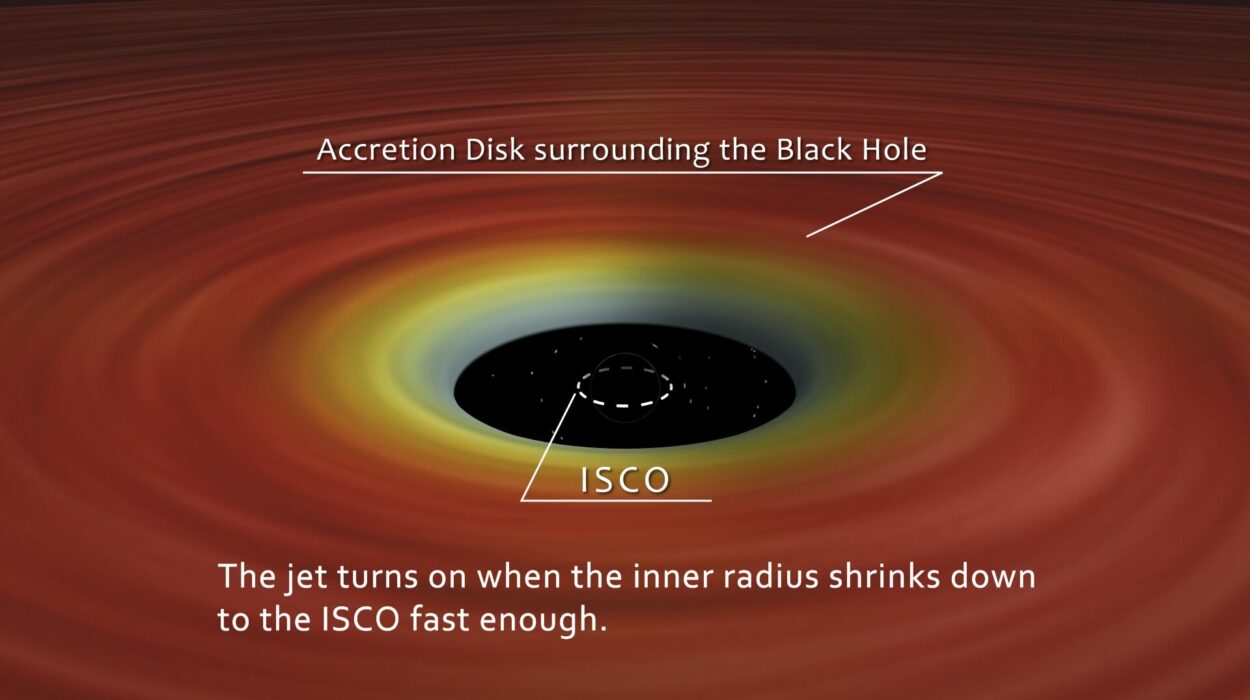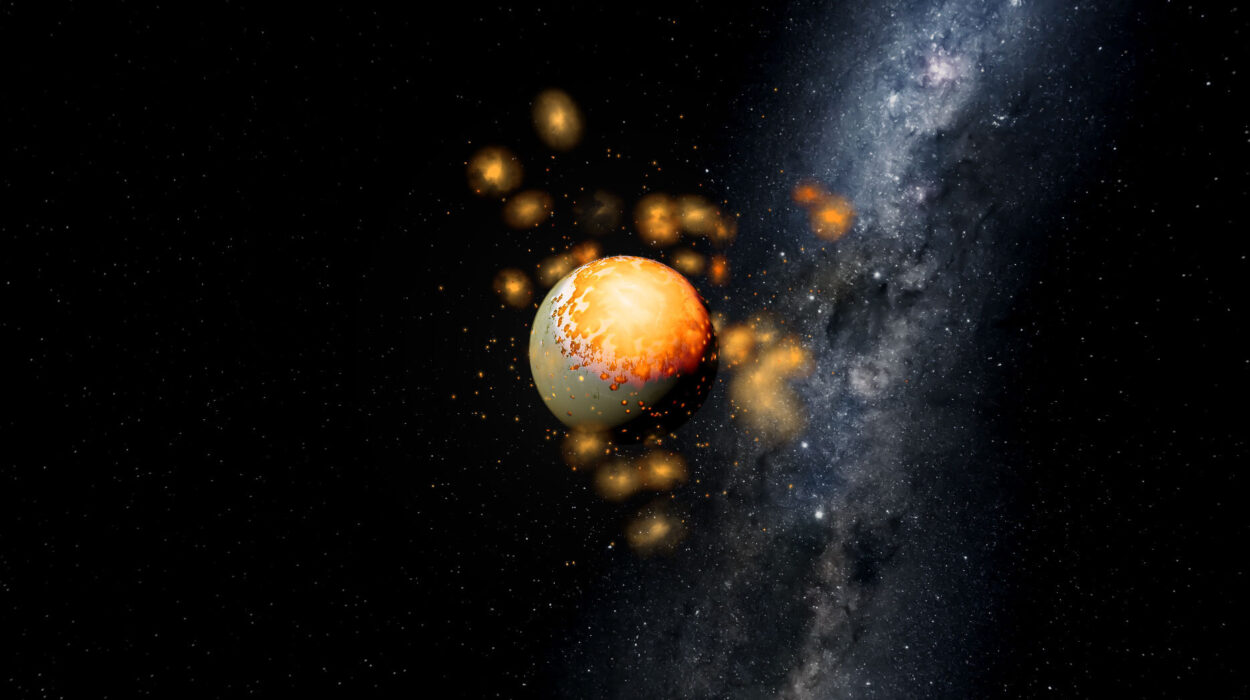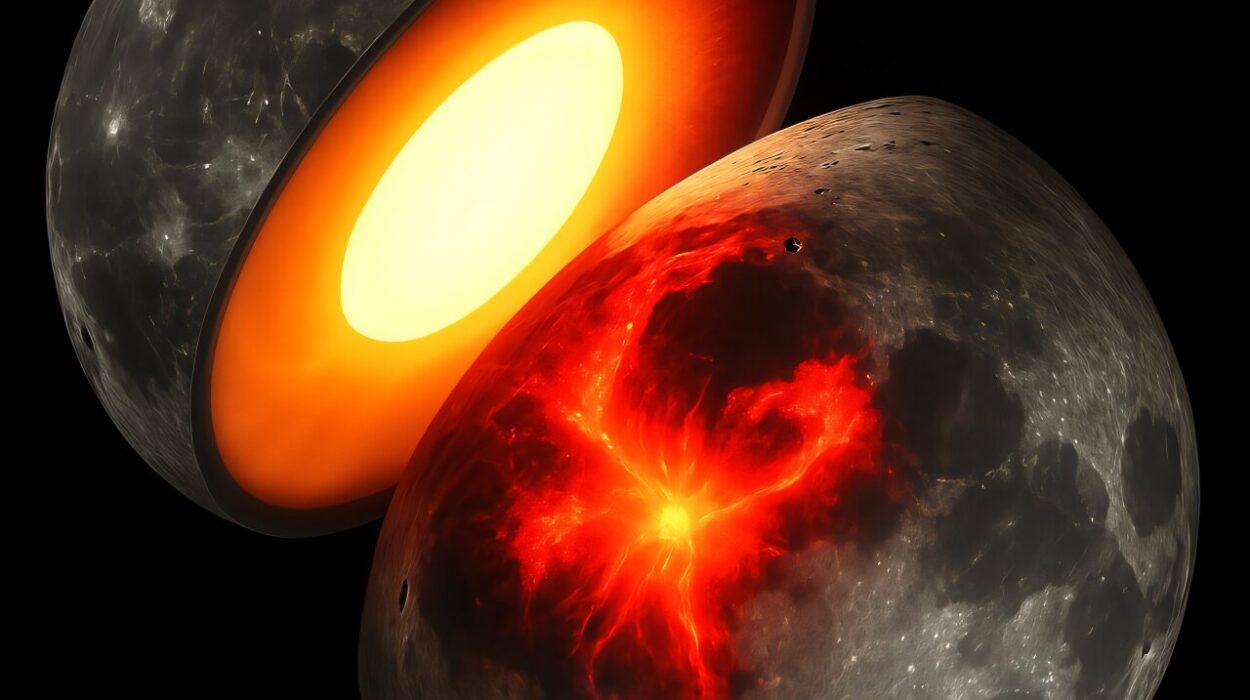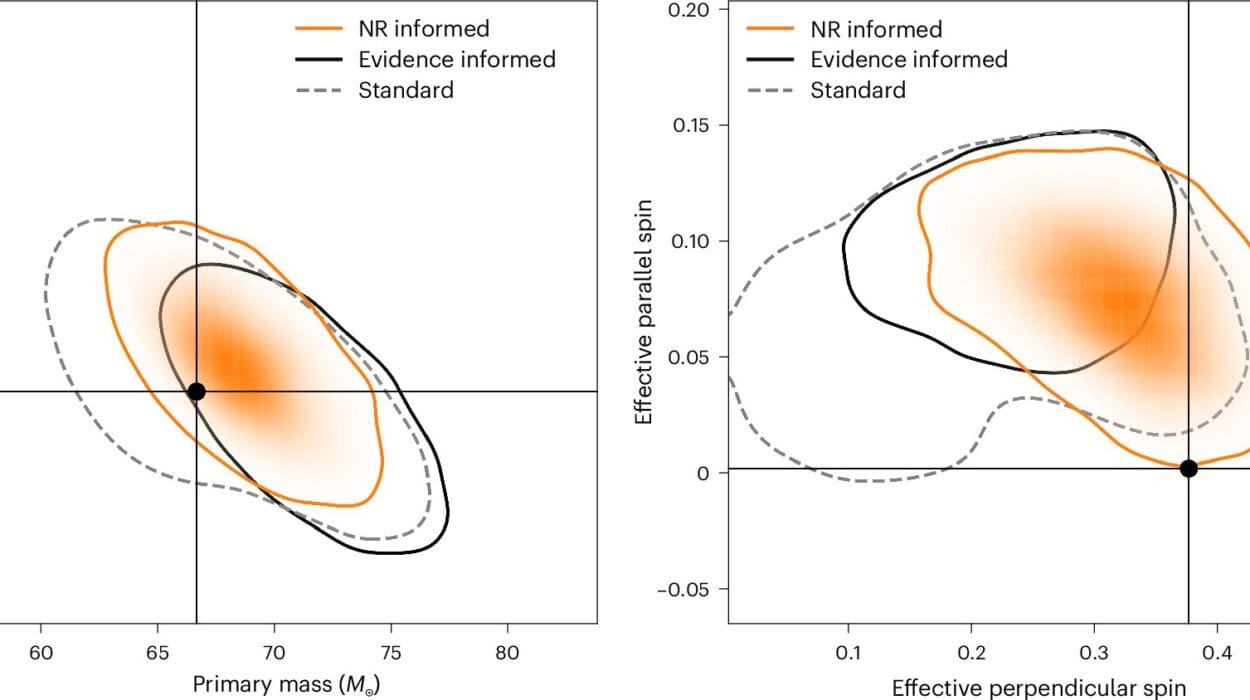In May 2024, Earth experienced a massive solar storm, marking the most intense space weather event in over twenty years. For several days, waves of high-energy charged particles from the sun relentlessly bombarded our planet, producing stunning auroras in the night skies and causing temporary disruptions in GPS communications. Yet, the most significant scientific breakthrough emerged after the storm subsided, thanks to a surprising turn of events involving a small NASA satellite.
This storm, which rattled Earth’s magnetic environment, led to the formation of two new temporary radiation belts encircling the planet. These belts were detected with the help of NASA’s Colorado Inner Radiation Belt Experiment (CIRBE) CubeSat, a small spacecraft that unexpectedly resumed operations after a brief hiatus. The findings of this discovery, published in February 2025 in the Journal of Geophysical Research: Space Physics, are pivotal for understanding how solar storms can impact our increasingly technology-dependent world, especially in terms of space missions.
Understanding Earth’s Van Allen Belts
To fully appreciate the significance of this discovery, we first need to understand the existing radiation environment around Earth. The planet is surrounded by Van Allen radiation belts, which are two permanent bands of energetic particles trapped by Earth’s magnetic field. These belts, shaped like concentric rings, extend far into space and are composed mainly of electrons and protons. The inner belt is primarily made up of protons, while the outer belt contains mostly electrons.
The Van Allen Belts are crucial for both science and space exploration. They act as protective barriers for Earth, shielding the planet from harmful cosmic radiation. However, these belts also pose a threat to spacecraft and astronauts who pass through them, as the energetic particles can damage electronic components and pose a radiation hazard to human travelers. Therefore, understanding the behavior of these belts, and how they might change during space weather events like solar storms, is essential for safeguarding space missions.
The Impact of the May 2024 Solar Storm
The solar storm in May 2024 was a significant event, not just for the spectacular auroras it produced but also for its effect on Earth’s space environment. The storm unleashed a surge of energetic charged particles, known as solar wind, into space, which interacted with Earth’s magnetic field. This interaction intensified the existing radiation belts, but it also led to the formation of two new temporary belts of energetic particles that had never been observed before in this context.
Scientists had detected temporary radiation belts after previous large solar storms, but this new event was different. The newly formed belts were unique in their composition. Most previous temporary belts had consisted primarily of electrons, but this time, the innermost of the two new belts contained both electrons and protons, marking a significant shift in the nature of the storm’s impact.
The innermost belt, composed mainly of electrons, lasted far longer than expected, persisting for more than three months after the storm had passed. In contrast, other temporary belts observed in previous storms lasted only a few weeks. This new belt’s longevity was a surprise, and its unusual persistence suggested that the strength of the solar storm had created a more stable and long-lasting radiation environment.
The second belt, which contained both electrons and protons, proved even more remarkable. This belt, located at a slightly higher altitude, has been much more stable than its counterpart, likely because it resides in a less turbulent region of Earth’s magnetic environment. Scientists believe that this proton-electron belt could persist for an extended period, potentially remaining in place for many months.
A Game-Changing Discovery: The Role of CIRBE Satellite
While the solar storm and its effects on Earth’s radiation belts were of immense scientific interest, it was a small and seemingly unremarkable spacecraft that provided the most valuable data. The CIRBE CubeSat, which is about the size of a shoebox, became an unlikely hero in this groundbreaking discovery.
CIRBE was launched with the mission to study Earth’s inner radiation environment, specifically focusing on relativistic electrons and protons. Equipped with an advanced instrument called REPTile-2 (Relativistic Electron Proton Telescope integrated little experiment-2), the satellite was designed to measure the behavior of energetic particles in the Earth’s magnetosphere. REPTile-2 is an upgraded version of an instrument used on NASA’s Van Allen Probes, which had already detected temporary electron belts in earlier solar storms.
Initially, CIRBE experienced a malfunction and ceased operations in mid-April 2024, leaving scientists disappointed as they missed data from the solar storm in May. Fortunately, the CubeSat experienced an unexpected recovery on June 15, 2024, just as the storm’s effects were continuing to unfold. The satellite’s return to active duty allowed scientists to measure the high-energy particles in unprecedented detail.
The newly revived CIRBE satellite provided crucial high-resolution data, offering insights into the formation and dynamics of the new temporary belts. This data couldn’t have been obtained from other spacecraft, making the CIRBE mission a vital part of this discovery.
Lead researcher Xinlin Li, a professor at the Laboratory for Atmospheric and Space Physics (LASP) at the University of Colorado Boulder, was astounded by the results. “When we compared the data from before and after the storm, I said, ‘Wow, this is something really new,'” Li remarked, reflecting on the significance of the discovery.
The Role of Solar Activity in Radiation Belt Dynamics
The formation of these new radiation belts is closely tied to solar activity. Solar storms, like the one in May 2024, release vast amounts of energy in the form of charged particles that interact with Earth’s magnetosphere. Depending on the intensity of the storm, these particles can become trapped in Earth’s magnetic field, forming temporary belts of radiation.
These newly discovered belts are not permanent like the Van Allen belts, but their temporary nature does not diminish their importance. While solar storms can dissipate the new belts over time, large storms can reignite them, causing the energetic particles to persist in Earth’s orbit. The presence of these particles poses potential risks to space-based technologies, including satellites, communication systems, and even human space missions.
In the aftermath of this event, researchers are carefully monitoring how the belts evolve. As solar activity continues, scientists will observe how subsequent storms affect the stability of these temporary belts. They also aim to learn how to predict the behavior of these belts in future solar events, particularly for spacecraft that may pass through them during launch or re-entry into Earth’s atmosphere.
The Importance of Monitoring Space Weather
The discovery of the new radiation belts highlights the growing importance of monitoring space weather and its potential impact on human activities. With increasing reliance on satellites for communication, weather forecasting, GPS navigation, and Earth observation, understanding the dynamics of radiation belts and solar storms is crucial for maintaining the safety and effectiveness of space-based infrastructure.
The research from CIRBE’s findings will be invaluable in advancing our understanding of space weather, offering insights into how solar storms interact with Earth’s magnetic field and how those interactions affect technological systems. These insights are essential for future space missions, particularly as human exploration ventures farther from Earth, such as the Artemis mission to the Moon and the planned missions to Mars.
Conclusion: A Small CubeSat Makes a Big Impact
NASA’s CIRBE CubeSat may have been small in size, but its contribution to understanding space weather and its effects on Earth’s radiation environment is monumental. The discovery of new temporary radiation belts formed by the May 2024 solar storm has provided scientists with valuable data that will help safeguard space missions in the future.
As solar storms continue to play a significant role in shaping the space weather environment, the insights gained from this mission will be critical for predicting, mitigating, and adapting to the challenges posed by solar activity. The CIRBE CubeSat’s unexpected return to life and its successful data collection has underscored the importance of resilience and innovation in space exploration, proving once again that even the smallest tools can lead to extraordinary discoveries.
Reference: Xinlin Li et al, A New Electron and Proton Radiation Belt Identified by CIRBE/REPTile‐2 Measurements After the Magnetic Super Storm of 10 May 2024, Journal of Geophysical Research: Space Physics (2025). DOI: 10.1029/2024JA033504






